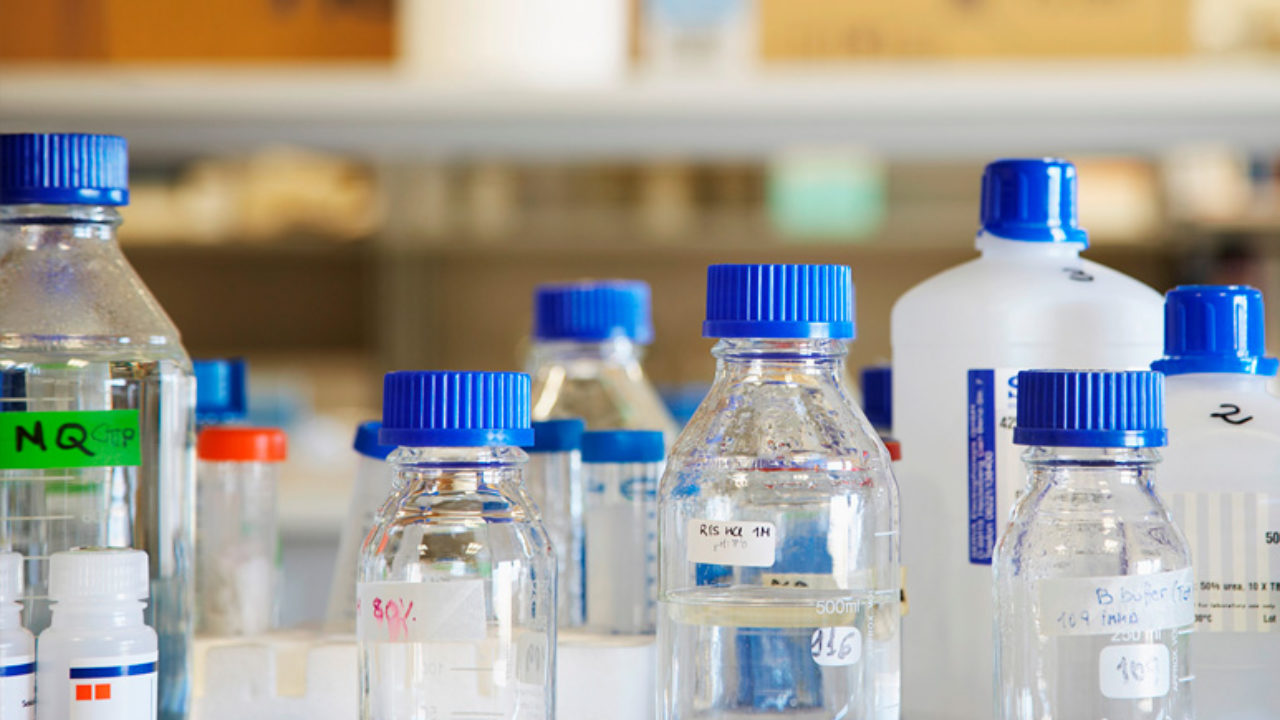FIND OUT ABOUT THE SEVERAL USES OF ISOPROPYL ALCOHOL

Isopropyl alcohol, also known as IPA, is the most commonly used disinfectant in pharmaceutical products, hospitals, medical device manufacturing, clean rooms, and electronics manufacturing. When used correctly, various solutions, concentrations, and purity grades yield valuable disinfection properties and cleaning but can be hazardous if improperly used. This article explores the different uses of isopropyl alcohol and why you will find it in many home medicine cabinets.
Antiseptic
Isopropyl is an extremely antimicrobial compound against bacterial. That is why it is a popular antiseptic. If you are in for an injection, the doctor swabs your skin with it before administering the injection. Professional piercers use it to prepare the skin for piercing, and it is also a common ingredient in hand sanitizers. It can protect against surface bacteria; that is why it has such uses. Many people use it at home as an antiseptic for minor scrapes and cuts. An isopropyl alcohol supplier will tell you it is effective as an antibacterial. Find out why.
To use it as an antiseptic, an isopropyl alcohol concentration of 70% is ideal since it can penetrate the cell wall. Then, it permeates the cell wall causing all the proteins to coagulate hence killing the microorganisms. The presence of water in the isopropyl alcohol solutions is critical to prevent the growth of pathogenic organisms because it slows down the evaporation process. That increases surface contact time, boosting antibacterial effectiveness.
That is why isopropyl alcohol concentrations above 90% are ineffective since it requires longer surface contact time. Instead, such a concentration allows bacteria to lie dormant without being killed. On the other hand, an isopropyl alcohol concentration below 50% is not strong enough to be effective, so don’t assume a 4.5% alcohol/beer can effectively clean a wound. The most ideal and recommended concentration of isopropyl alcohol is 70% for use against bacteria.
Astringent
Astringent refers to a substance that makes your body tissues, for example, skin pores to contract and tighten. They are commonly used on face products to make the pores tighten for the skin to appear smoother. Isopropyl alcohol (IPA) acts as an astringent, and as such, a distributor of IPA supplies it to cosmetic manufacturers that make skin toners and tightening formulas. Some people try the formula at home by mixing equal parts of IPA and water and using cotton balls to apply the solution on the face. However, you should first test your skin to ensure it is not sensitive to the solution and not leave it on for long.
Liniment for muscle aches
IPA is also useful as a liniment for muscle aches. Since isopropyl alcohol is very drying, it falls under the category of skin irritants. It irritates the skin, which improves circulation, consequently relieving the ache and inflammation.
Swimmer’s ear
Swimmer’s ear is when water gets into the ear canal, causing irritation or sometimes painful infection. Since IPA evaporates faster, pouring drops of IPA in the ear after a swim mixes with the water in the ear and helps evaporate the residue quickly to prevent an infection.
Cleaning agent
IPA’s antibacterial effects make it a strong disinfectant for surfaces; therefore, it can be used at home and in labs as a cleaning agent.
Other uses
- Manufacturing glycerol, acetone, and isopropyl acetate that de-ices a car’s windshield.
- A lab reagent.
- Dehydrating and preservative agent.
- Different applications as an industrial solvent.
conclusion
IPA is essential for many other uses as it is the world’s most widely used solvent.